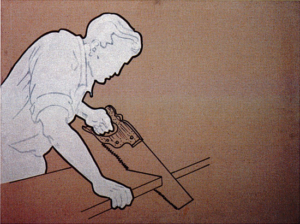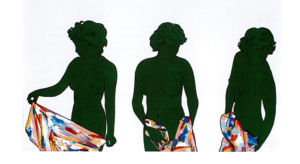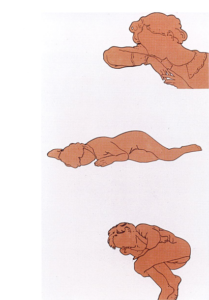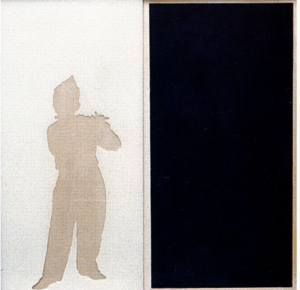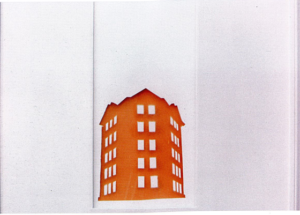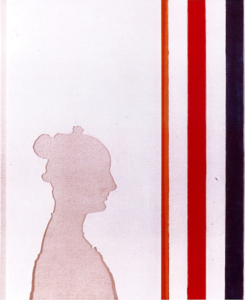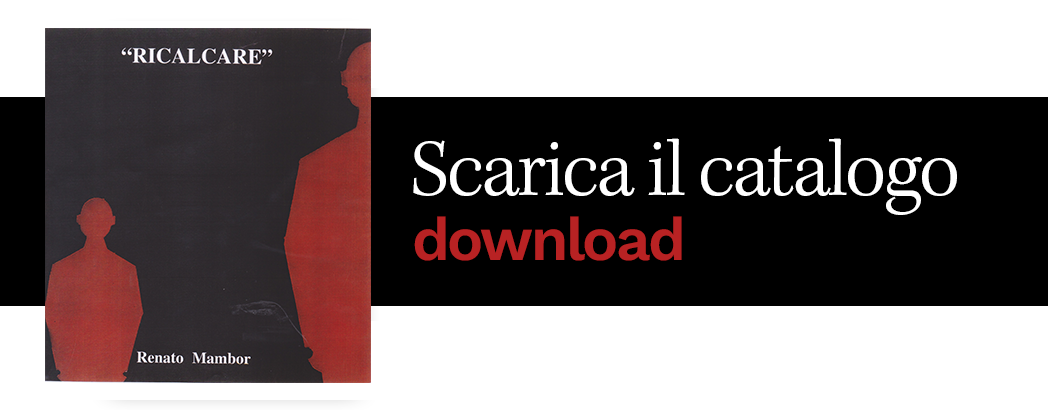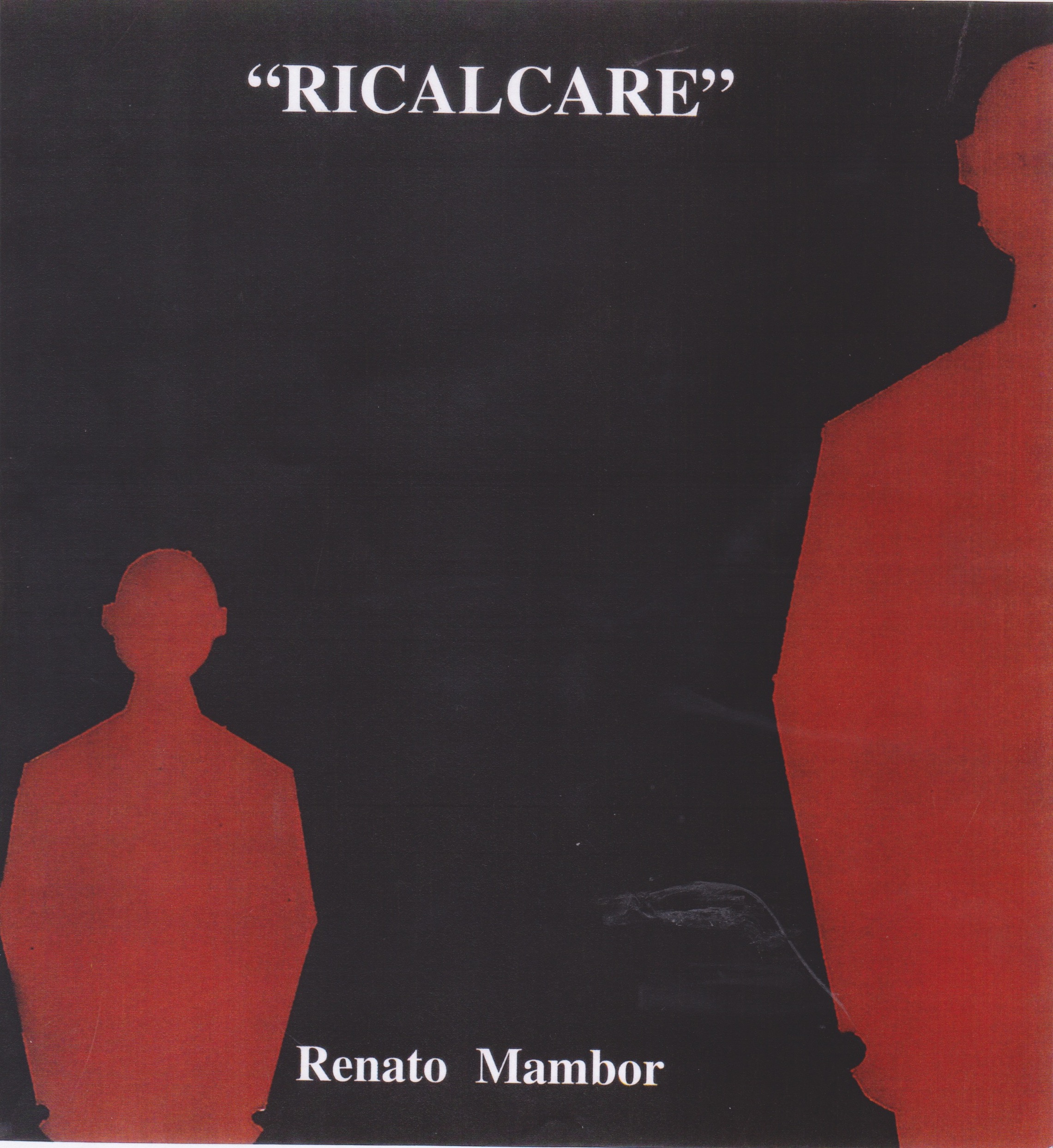
On Friday 27 October 2000, Studio Soligo, La.Ra Arte and Fabio Falsaperla inaugurated Renato Mambor’s exhibition, Ricalcare.
The catalogue presents selected texts by Maurizio Calvesi, Germano Celant, SImonetta Lux, Achille Bonito Oliva, and Patrizia Speciale, as well as some writings by the artist that help us retrace his extraordinary career.
As Maurizio Calvesi has pointed out: “When one signal, or one trace, is commensurate with another, the demoscopic quantifications of the ‘little men’ are born, with their stylised, black silhouettes, which are associated according to variations in profile or nuances towards the grey and evanescent of the ‘stamped’ form, which is exhausting the pigment-matrix.
In all of Mambor’s subsequent inventions of ‘traced’ images, as in a childish (poetic) but at the same time measured and rigorous (analytical-conceptual) collage, figures or objects are associated following a logic that is sometimes mysterious (poetry) sometimes transparent (analysis).
Certainly always transparent to his imagination (poetry), daughter and mother of observation (analysis).
From the ‘tracing’, then, from the image traced to draw the invisible space of a scan, to the reading of the trace as a testimony of itself, reconnecting with the becoming of the earth shapes printed between the tiles and the marks on the plaster.
And here, by the end of the 1960s, is the image of the roller who leaves a trace that is impeccably consequent and faithful to the matrix, but as imaginative as the clouds.
In the rich generation of artists that established itself in Rome with the 1960s, Renato Mambor is one of the perhaps less conspicuous figures, and one that established itself more slowly: but who at a distance discovers all the charm and rigour, and the value (quite remarkable in terms of both importance and quality) of his precursor ‘conceptualism’. A conceptualism, however, without programmatic imprisonment, nor renunciation of the freshness of creativity.”
